A good battery has high energy density, short charging times, is safe to operate, and can withstand extreme temperatures. Solid-state batteries are a new generation of lithium-ion batteries that do not require liquid components and combine many of these properties. An international research consortium, including the Swiss Federal Laboratories for Materials Science and Technology, or Empa, is working on the development of anode-free solid-state batteries in combination with thin-film technology. Potential application areas include the industrial Internet of Things sector, with additional potential uses in mobile areas such as drones, robotics, and aerospace.
Read the specialised article: „Batteries Reduced to the Essentials„.
Dr. Benedikt Vogel, science journalist, for the Swiss Federal Office of Energy (SFOE).
Image: EMPA
 EMPA
EMPA
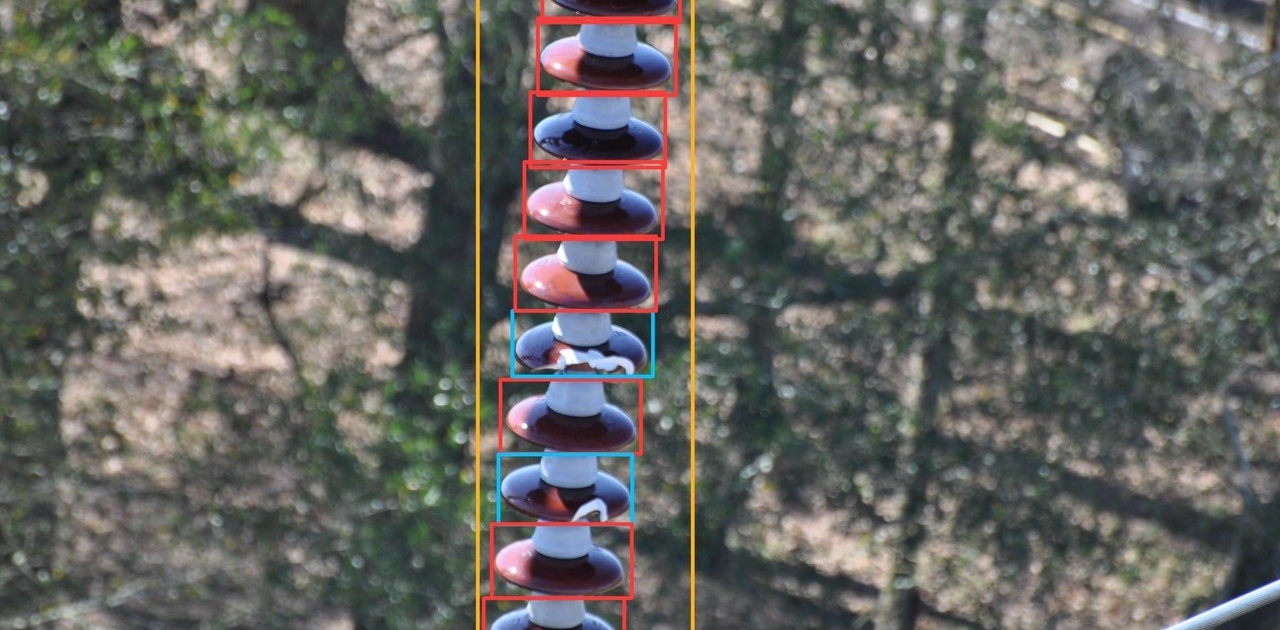 EPRI
EPRI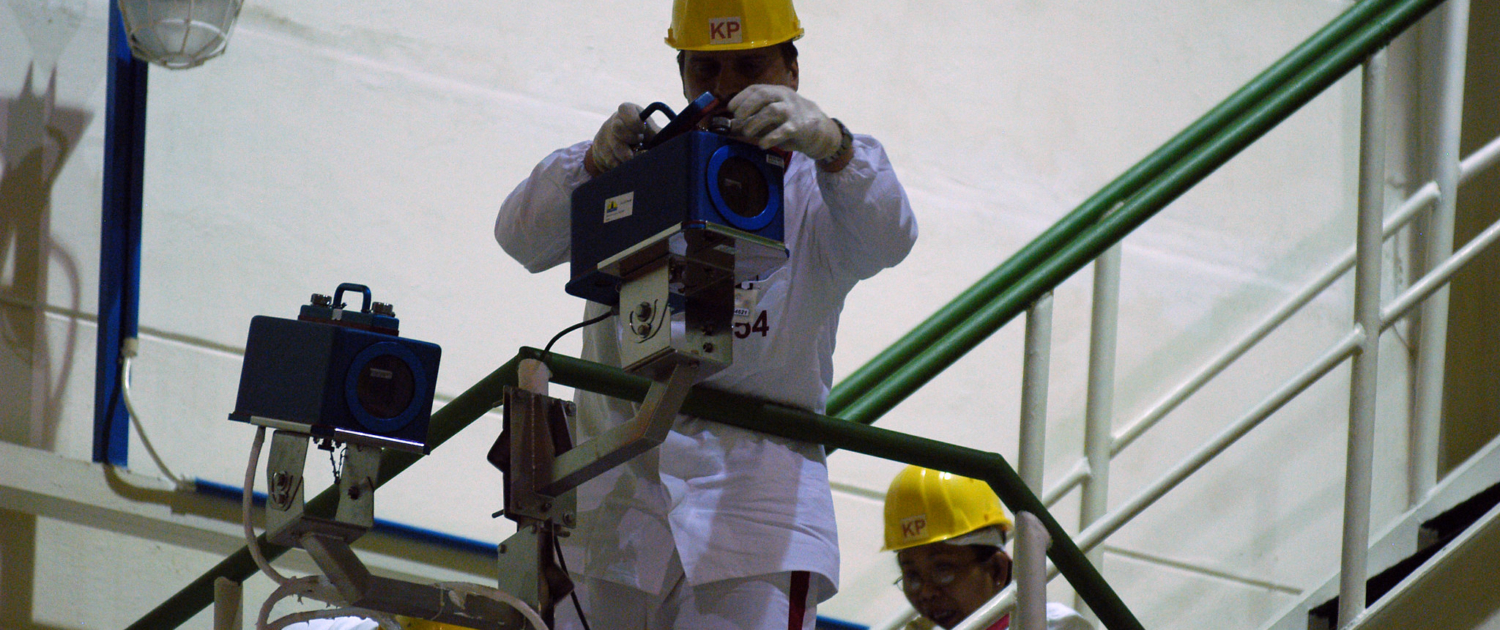 IAEA
IAEA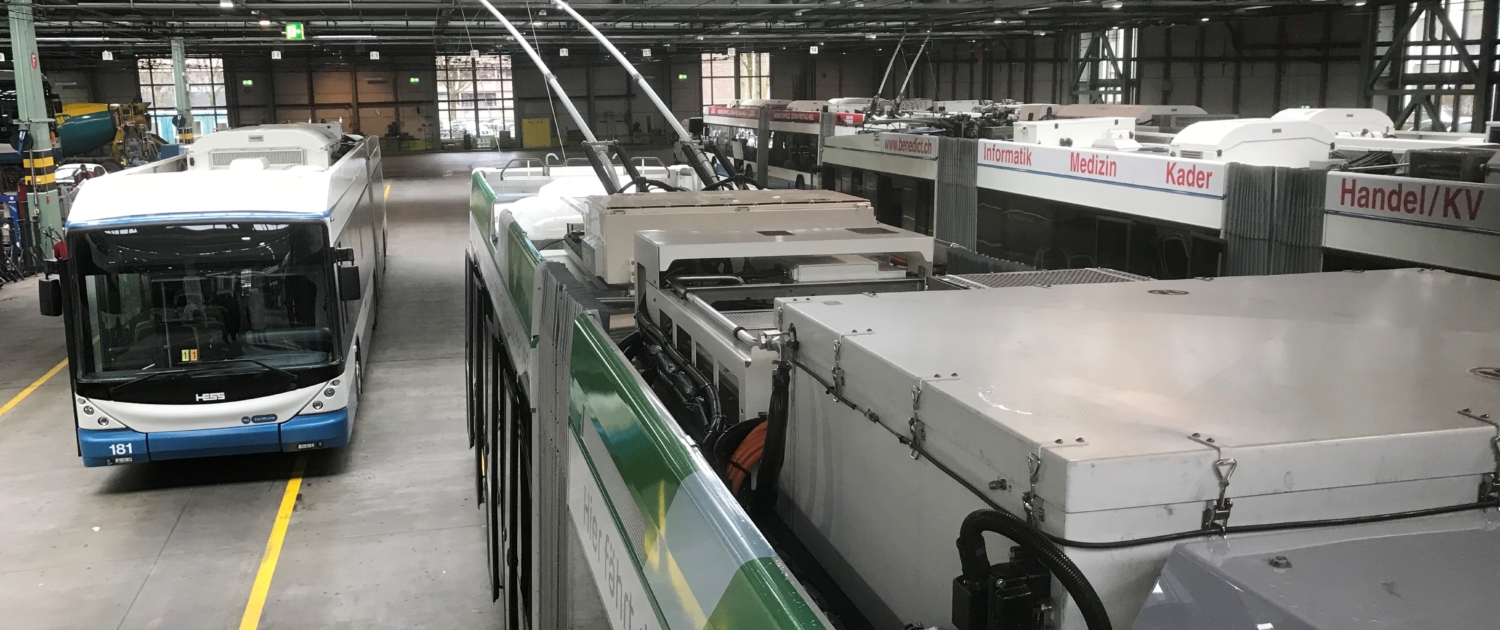 Benedikt Vogel
Benedikt Vogel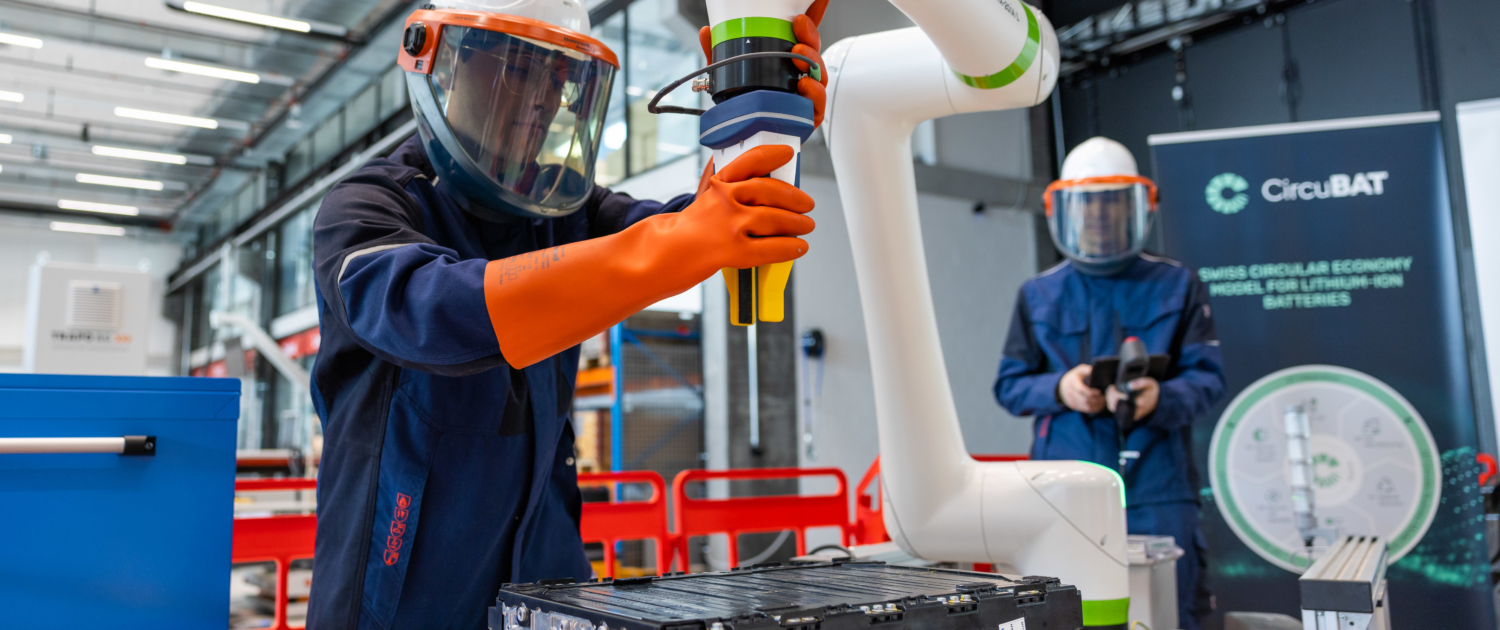 Innosuisse
Innosuisse
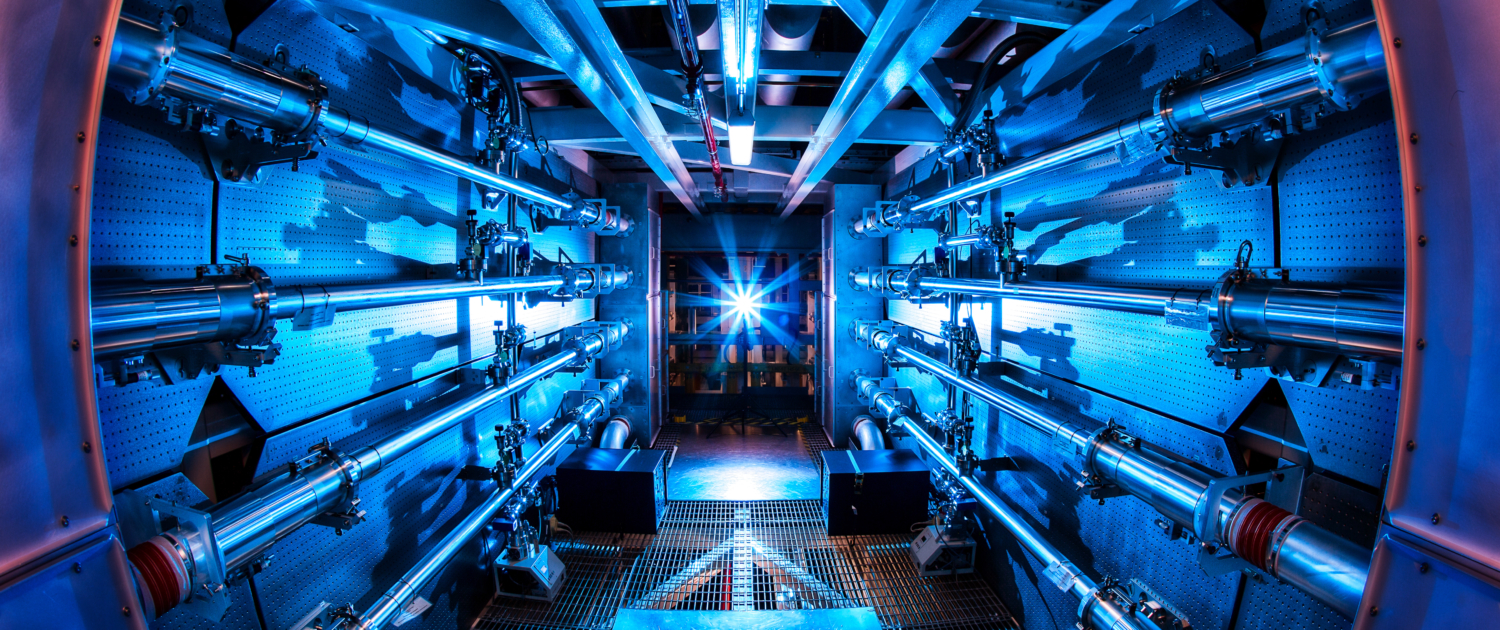 Wikimedia Commons, CC BY-SA 3.0.
Wikimedia Commons, CC BY-SA 3.0. Shutterstock
Shutterstock Foto: SageGlass/Jeffrey Totaro
Foto: SageGlass/Jeffrey Totaro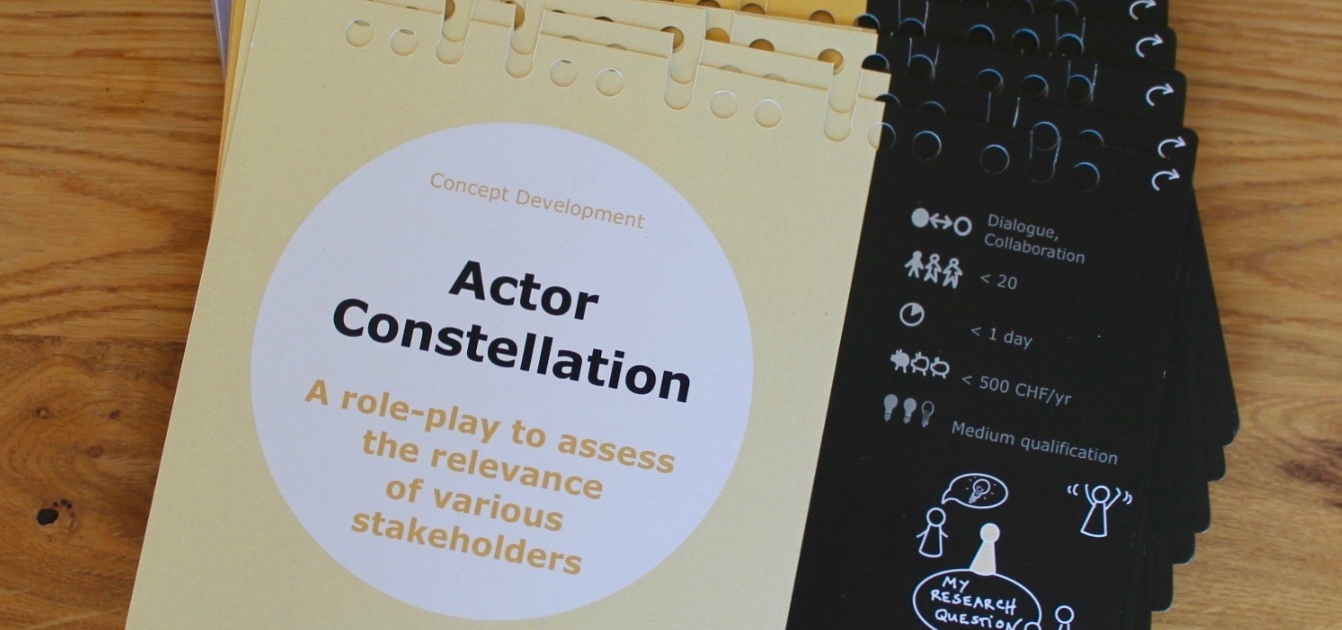 Astrid Björnsen
Astrid Björnsen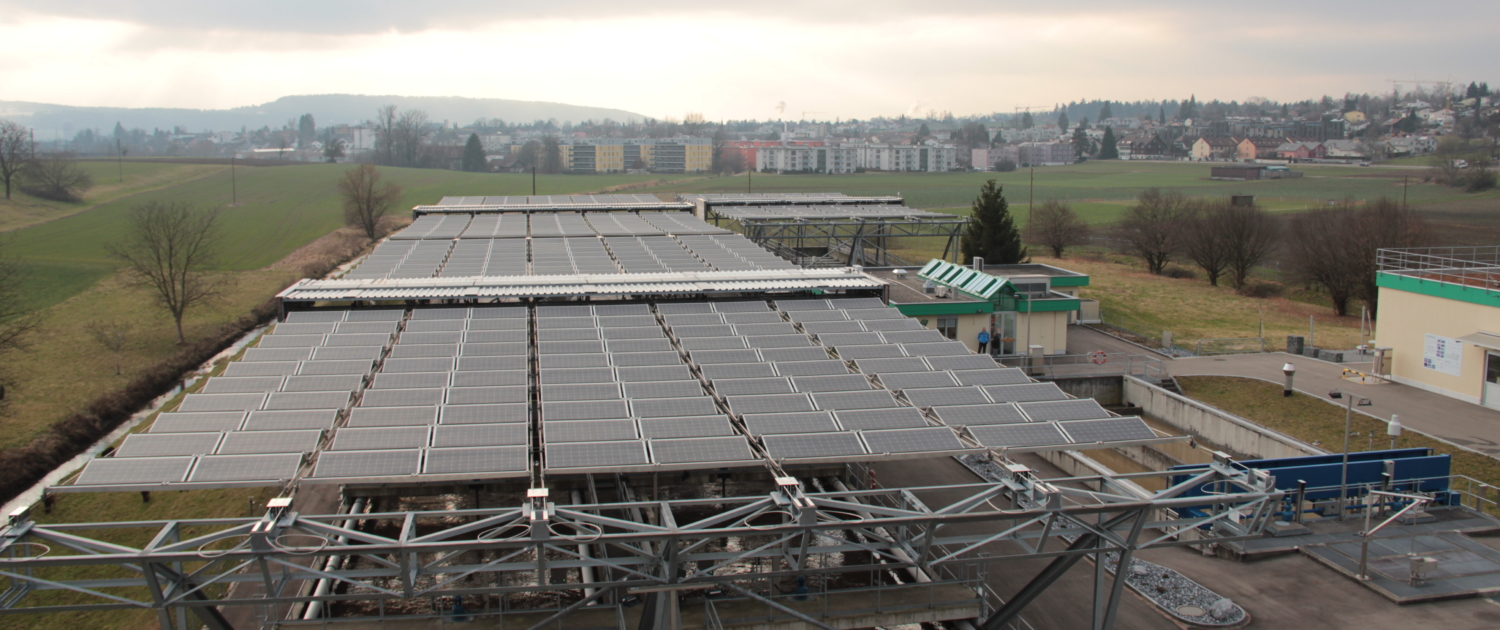 BFE - Brigitte Mader
BFE - Brigitte Mader